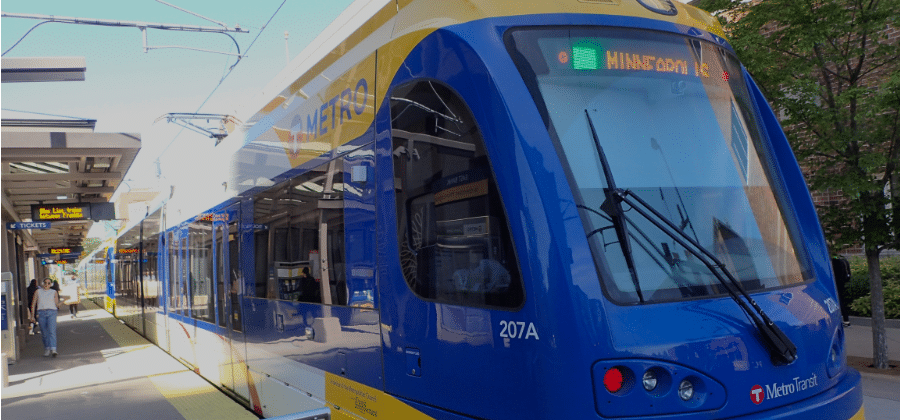
“Public transportation is nothing new, but with modern technology, cities can create better infrastructures like never before.” Remix
City living has many advantages with cultural attractions, restaurants and nightlife topping the list. But what are those amenities worth if you can’t get to them easily? Good infrastructure is equally as important and by that, of course, we mean public transit. Public transit promotes connectivity, density and vibrancy, adding to that city vibe, not only in city centres but also in ex-urban areas. And that brings increased productivity and economic growth. And public transit reduces each person’s carbon footprint, making cities more sustainable.
Good public transportation should be:
- Accessible and available to everyone.
- Convenient with stops at the most frequented places – for locals and visitors alike.
- Affordable for all and an attractive alternative to using a car.
- Frequent and reliable so that riders can depend on it.
- Flexible, providing options for riders to get where they want to go.
- Visitor friendly, easy to understand and use.
- App friendly so that you can pay for or track your ride easily.
Over the last few decades, rapid urbanization has propelled the construction of mass transit systems all over the world. But the United States is lagging far behind. We don’t have a great reputation when it comes to public transit. While the country is lagging, many cities are working hard on meeting the population’s needs when it comes to transit. Here are ten cities we can all learn from. Or listen to rail advocate David Peter Alan. He knows a thing or two about public transit. He’s ridden the entire Amtrak system and about 300 transit providers in the U.S. and Canada as well.
Image courtesy of John D. Norton
